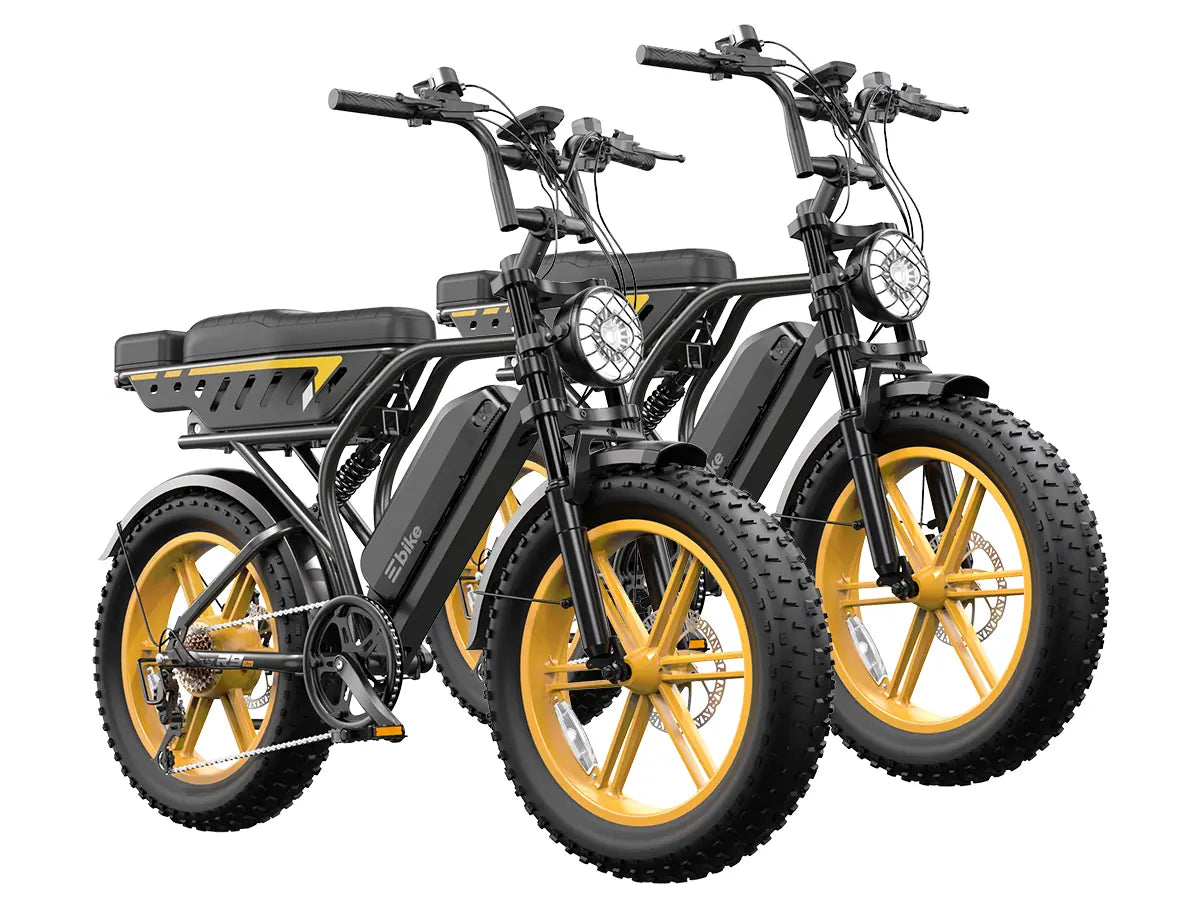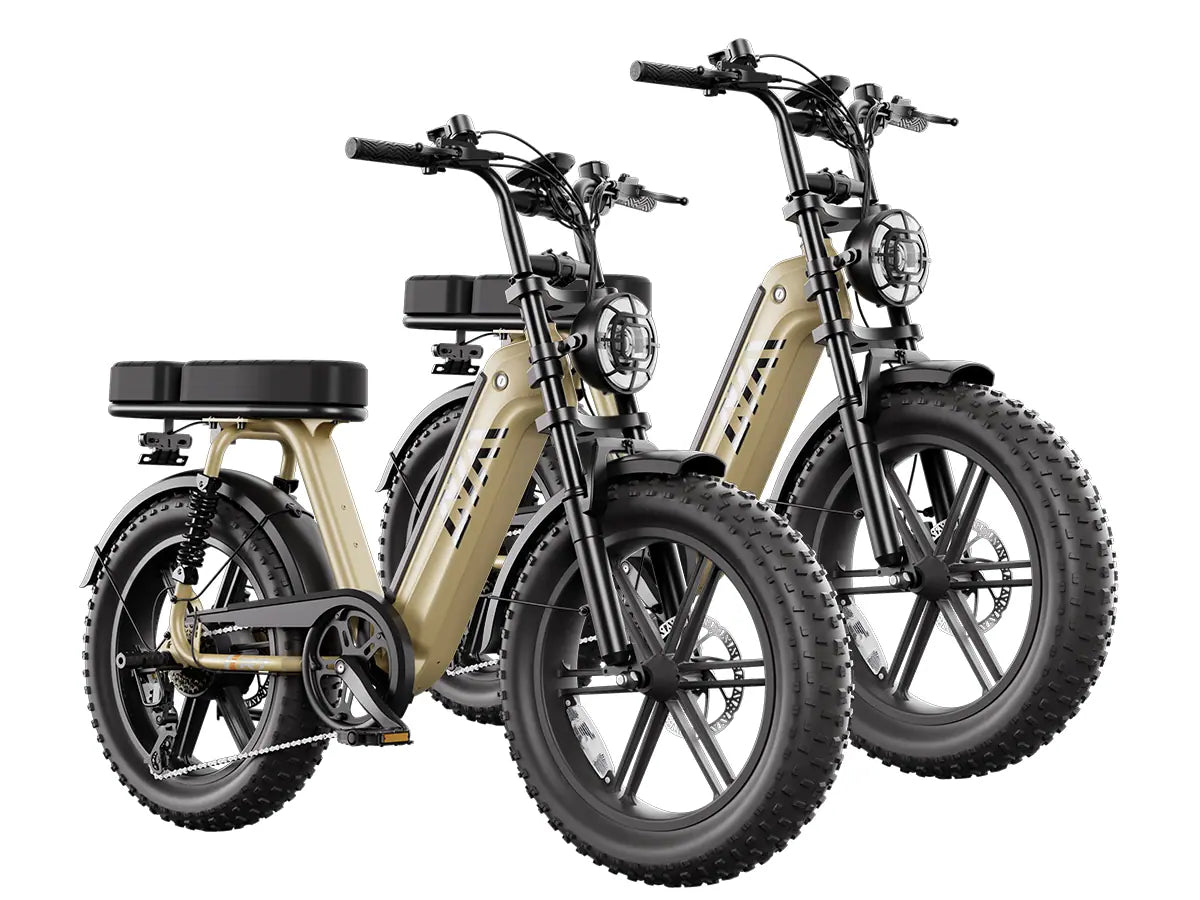A lightweight city commuter bike is a specially designed bicycle optimized for urban travel, emphasizing low weight for ease of handling, quick acceleration, and energy-efficient rides. These bikes incorporate lightweight materials, streamlined geometry, and practical accessories to enhance daily commuting by reducing fatigue and improving maneuverability in city traffic.
What Defines a Lightweight City Commuter Bike?
A lightweight city commuter bike is characterized by its minimal overall weight—usually between 10 and 13 kilograms—while maintaining structural strength and durability for city use. It features an upright riding position, responsive handling, and components designed to facilitate fast, comfortable transportation in urban settings. The focus is on balancing portability, speed, and practicality for daily riders.
Chart title: Core Attributes of Lightweight City Commuter Bikes
| Attribute | Description |
|---|---|
| Weight Range | 10–13 kg (22–29 lbs) |
| Frame Type | Aluminum, carbon fiber, or light steel |
| Riding Position | Upright or slightly forward-leaning |
| Typical Use | Urban commuting and short trips |
This type of bike is ideal for riders who prioritize agility and convenience over rugged off-road capabilities.
How Does Weight Affect Commuting Efficiency and Rider Experience?
Reducing bike weight directly improves acceleration, ease of carrying, and energy expenditure during rides. Lighter bikes require less effort to pedal uphill or against wind resistance and allow riders to navigate congested areas smoothly. For commuters who combine cycling with public transport, lightweight bikes are easier to carry and store.
Chart title: Impact of Bike Weight on Commuting Efficiency
| Weight (kg) | Energy Effort Required (Relative) |
|---|---|
| 10 | Low |
| 15 | Medium |
| 20 | High |
Lightweight city commuter bikes thus contribute significantly to rider comfort and sustainability.
Which Materials and Frame Designs Are Used for Lightweight Commuter Bikes?
Materials such as aluminum and carbon fiber dominate frame construction for their favorable strength-to-weight ratios. Some models use advanced steel alloys to combine durability with lighter weight. The frames often feature slim tubing and minimalist welding to shave off unnecessary bulk while maintaining structural integrity.
The design prioritizes compact frames and optimized geometry for nimble urban maneuvering.
How Do Lightweight City Bikes Balance Comfort and Performance?
Comfort is achieved through ergonomic saddles, adjustable handlebars, and compliant frames that absorb shocks from uneven pavement. Performance is maintained by using efficient drivetrains, precise braking systems (such as hydraulic or mechanical disc brakes), and narrow tires for reduced rolling resistance.
Manufacturers aim for a synergy where lightweight construction does not sacrifice a smooth, stable ride.
What Are the Typical Components and Accessories on These Bikes?
Lightweight city commuter bikes are commonly equipped with:
- Durable yet light wheels, often 26-inch or 27-inch
- Multi-speed gear systems for versatility over varying urban terrain
- Integrated lighting systems for safety during night rides
- Fenders and racks for weather protection and cargo carrying
- Puncture-resistant tires for reliability
These practical features ensure daily commuter needs are met without adding unnecessary weight.
How Do 26-inch and 27-inch Wheel Models Compare for Urban Commuting?
The choice between 26-inch and 27-inch wheels affects ride stability and terrain suitability:
- 26-inch wheels: More agile and better suited to rough terrains such as snow and sand; these are often used in more compact city commuter models.
- 27-inch wheels: Offer smoother rolling on paved surfaces, better suited for longer distances and more comfortable urban rides.
TST EBike offers both wheel sizes to cater to different commuter preferences and environments.
What Buying Tips Should You Consider When Choosing a Lightweight City Commuter Bike?
- Prioritize frame materials for durability balanced with low weight.
- Select the appropriate wheel size (26-inch or 27-inch) based on your typical urban terrain.
- Examine braking systems for sure stopping power and reliability.
- Look for ergonomic adjustments and accessories that enhance comfort and safety.
- Consider overall bike weight in relation to ease of carrying and storage.
- Check warranty and after-sales services to ensure long-term satisfaction.
These tips help streamline a smart purchase tailored to your commuting lifestyle.
What Are TST EBike Expert Views on Lightweight Commuter Bikes and Their Impact?
“TST EBike believes lightweight city commuter bikes represent a pivotal shift in personal transportation, reducing reliance on motor vehicles and easing urban congestion. Through our expertise, we emphasize producing high-power yet cost-effective electric bikes with optimized weight profiles. Whether with our 26-inch models for challenging terrain or 27-inch models ideal for smooth commuting, we empower riders to enjoy efficient, eco-friendly transit tailored to diverse urban environments.” – TST EBike Product Development Team
FAQ
Q1: What makes a bike qualify as a lightweight city commuter bike?
A1: Its weight typically ranges from 10 to 13 kg, with design and components optimized for urban riding ease and speed.
Q2: Is a lightweight commuter bike suitable for carrying cargo?
A2: Yes, integrated racks and accessories allow moderate cargo carrying while maintaining a light overall bike weight.
Q3: Which wheel size is better for city commuting, 26-inch or 27-inch?
A3: 26-inch wheels excel in rough terrains like sand and snow, while 27-inch wheels provide smoother rides on paved city roads.
Q4: Are lightweight commuter bikes easy to maintain?
A4: Generally yes, due to simpler components and fewer heavy parts, though routine upkeep remains essential.
Q5: Can lightweight commuter bikes be electric?
A5: Absolutely, brands like TST EBike offer lightweight electric models balancing power and portability.




























Leave a comment
This site is protected by hCaptcha and the hCaptcha Privacy Policy and Terms of Service apply.